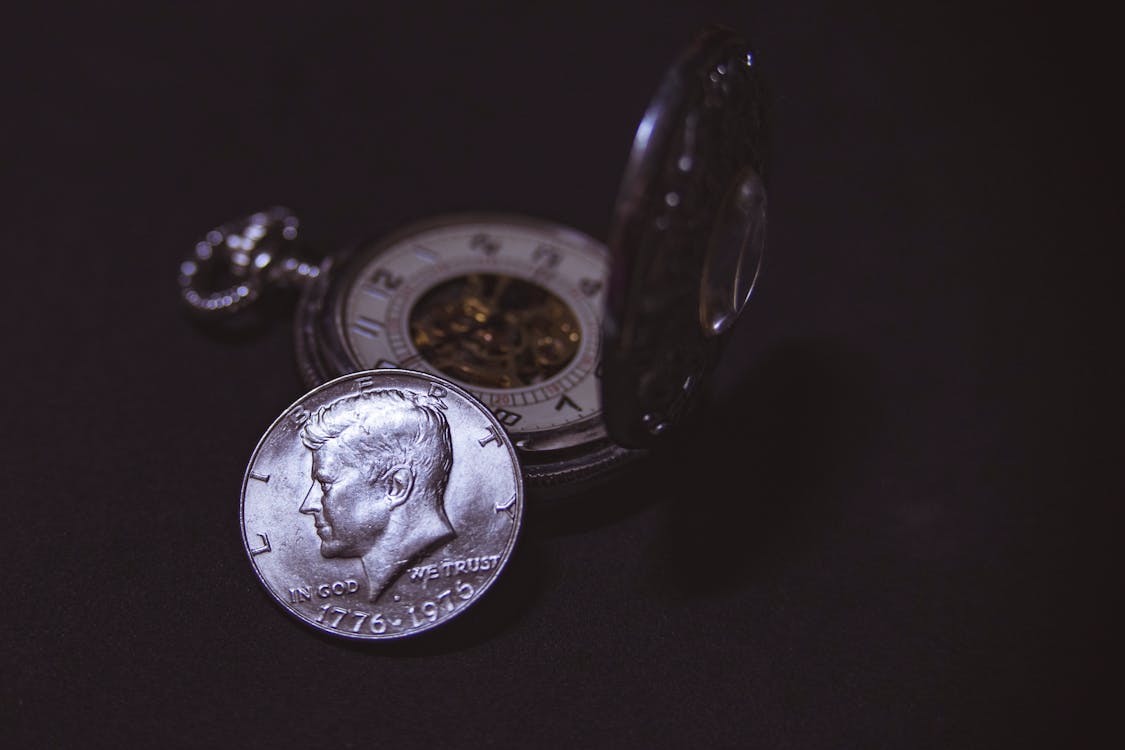The Bicentennial Quarter, minted in 1976, commemorates the 200th anniversary of American independence. While most of these quarters are relatively common, certain rare variants can be highly valuable to collectors. This guide will explore the unique features that make these quarters special and provide insights into their potential worth.
The Significance of Bicentennial Quarters
The Bicentennial Quarter features a distinctive design showcasing Independence Hall on the reverse side, symbolizing America’s rich history. These coins were produced in large quantities to celebrate the nation’s bicentennial, but a few rare variants emerged that collectors avidly seek.
Identifying Rare Bicentennial Quarters
When searching for valuable Bicentennial Quarters, collectors should focus on several key factors:
- Mint Marks: The mint mark indicates where the coin was produced:
- No Mint Mark: Coins minted in Philadelphia.
- D: Denver Mint.
- S: San Francisco Mint.
- Minting Errors: Look for coins with errors such as:
- Double Die Obverse: Where the design is stamped twice, creating a blurry appearance.
- Off-Center Strikes: Coins that were not properly aligned during minting.
- Special Features: Certain features can increase a quarter’s desirability, such as:
- Proof Coins: Specially minted coins with a higher quality finish.
- Unique Designs: Variants like the 1976-D quarter without a mint mark.
Notable Rare Variants and Their Values
1. 1976-D Bicentennial Quarter Without Mint Mark
This variant is extremely rare, with only a few known examples. It can be worth up to $55,000, making it one of the most sought-after quarters among collectors.
2. 1976-S Proof Quarter with Double Die Obverse
This coin features a double die error on the obverse side and is highly valued at around $45,000. Collectors prize this variant for its unique minting mistake.
3. 1976-S Silver Quarter with Type 2 Reverse
Issued in limited quantities as part of a special set, this quarter can command prices exceeding $10,000, especially if it is in excellent condition.
4. 2004-D Wisconsin Extra Leaf Quarter
While not a Bicentennial coin per se, this quarter features an extra leaf on the corn stalk design and is often grouped with notable quarters due to its rarity and value of up to $100.
5. 1976-P Washington Quarter
Though more common than other variants, well-preserved examples can still fetch around $20, especially if they are uncirculated.
How to Determine the Value of Your Bicentennial Quarter
To assess whether your Bicentennial Quarter is rare or valuable:
- Examine Mint Marks: Use a magnifying glass to check for mint marks on the reverse side.
- Look for Errors: Inspect for any signs of double dies or off-center strikes.
- Consult Resources: Utilize price guides from reputable sources like the Professional Coin Grading Service (PCGS) or Numismatic Guaranty Corporation (NGC).
Caring for Your Bicentennial Quarters
Proper storage and handling are crucial for maintaining the value of your coins:
- Store in Protective Holders: Use coin flips or capsules to prevent scratches and tarnishing.
- Keep Away from Moisture: Store coins in a cool, dry place to avoid damage from humidity.
- Handle Carefully: Avoid touching the surface of the coins with bare hands; use gloves if possible.
Conclusion
Bicentennial Quarters are not just pieces of currency; they are collectibles that can hold significant value. By understanding what makes certain variants rare and learning how to identify them, collectors can enhance their collections and potentially discover hidden treasures worth thousands of dollars. Whether you’re an experienced numismatist or just starting out, keeping an eye out for these unique quarters could lead you to your next exciting find!

I’m passionate writer and digital content creator with a background in journalism. With a keen interest in exploring a wide range of topics—from technology to lifestyle and beyond—I bring fresh insights and thought-provoking commentary to the readers of Idegg.org. My curiosity and love for storytelling makes me a perfect fit for sharing the diverse, ever-evolving content the blog is known for.

